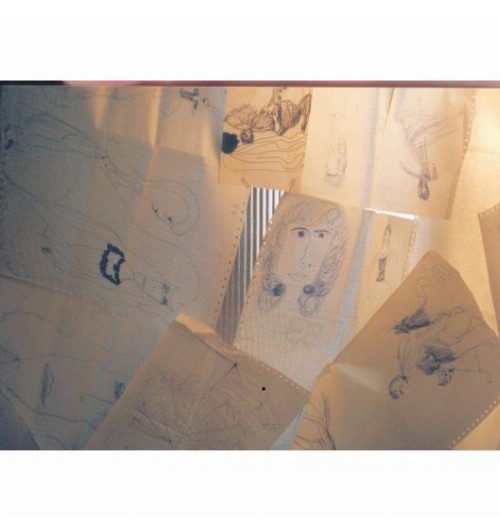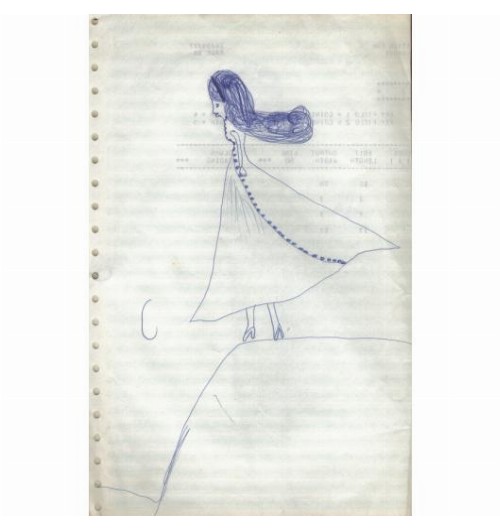Images from my childhood drawings are selected and scanned into PhotoShop, where they are manipulated in an attempt to bring out the now lost memories that the images provoke in me today.
It always seemed as though the colour was somehow missing from my world as a child, maybe it was spending so much time with my grand-parents in their post-war filled home, where light bulbs seemed to be at a premium, which left me feeling that all pigments had been leached out.
It has taken nearly 30 years for me to be able to even look at these images again. It is only now that my grandmother has passed away, and I have become a parent, and have seen my own parents move into another generation that I can bring some objectivity to these images. The medium of the computer has, I think, supplied a suitable distancing devise for me to reassess difficult memories and to put the vivid intensity that I could never find before, back into my drawings.
My Grandmother collected my drawings assiduously, storing them in boxes from the corner shop. The preciousness with which she imbued this collection reflects the persistence of love that only a grandparent can bring to the seemingly trivial scribblings of a small child.
My works’ primary concern is the historical position of women within society, and the role of memory in securing or weakening that place.
Female epistemology, in the form of gossip, old wives tales, and fairy tales is not a tradition respected in our society. The disruption of information between matrilineal generations is encouraged by this devaluation of experience.
I am interested in notions of women’s memory and identity, and how the social and personal rituals of recording or censoring effect the construction of personal histories.
Personal and social memories are disseminated in many forms, but I have focused on those that reach us via the activity of collecting (as a cultural specific phenomenon). To paraphrase Professor Pearce, men collect in order to control; their documented piles tend to be donated to museums on death by their widows. However, women collect in order to remember, and tend to integrate the collection into the home. These invisible “shadow” collections do not confer immortality like a mans’ collection and are therefore lost on death.
The value placed on women’s work is central to these works, with their focus on the processes of domestic magic and the links forged between the activities of the hands and the rituals of fairy tales that lull the work along.
Fairy tales spend so much time devaluing women’s work and yet insist that if you slave away in silence, like a good girl, then your handsome prince will someday come and rescue you from the drudgery of the kitchen. Yet without the bonds formed and the wisdom passed on, from mother to daughter during this time alone together, how would women’s escape from domestic confinement have been forged?




















